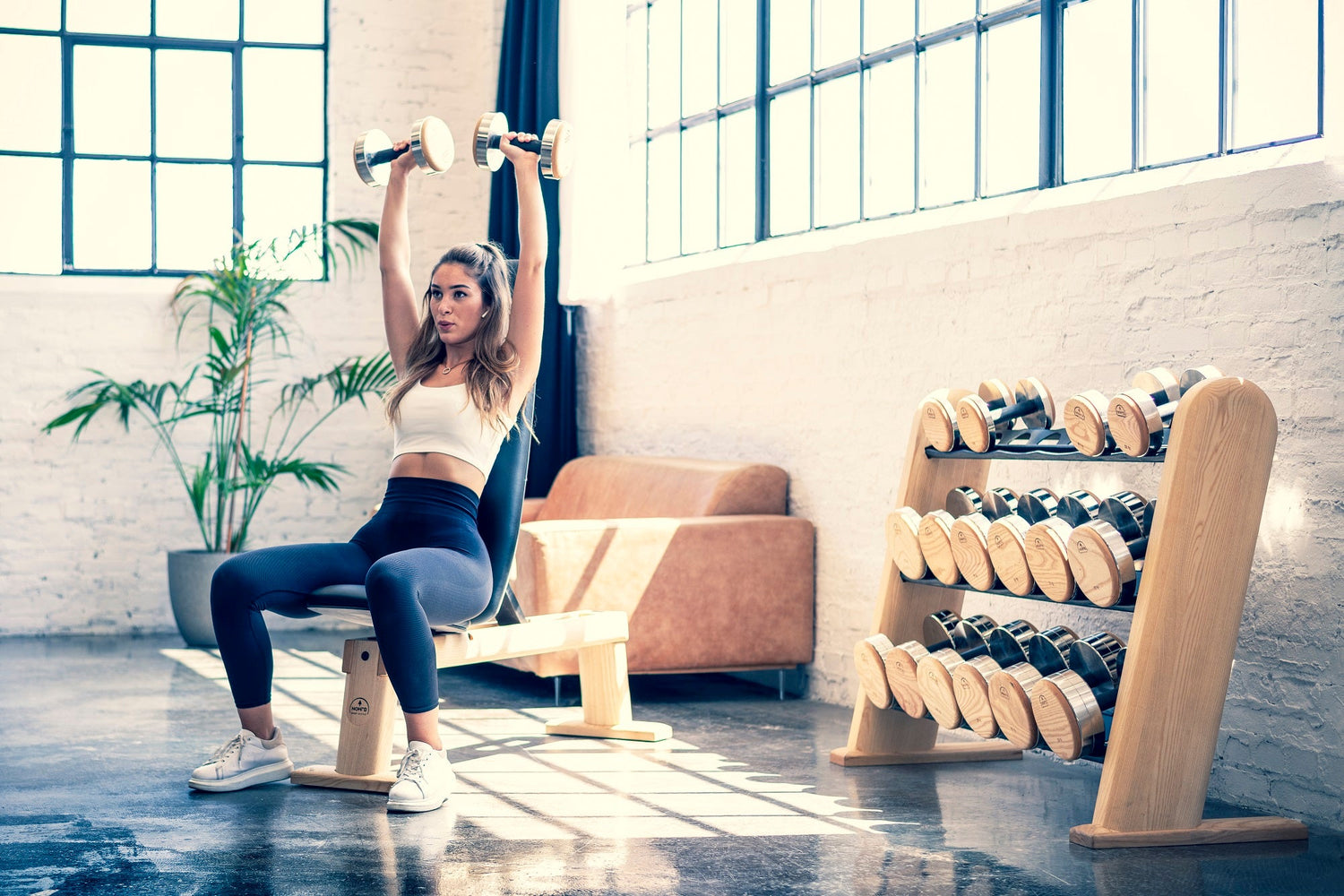Whilst a gym membership has long been seen as the standard action to take in order to get fit, since the pandemic (when gyms closed) the concept of a home gym has become more and more popular. This is now a very attractive option for fitness enthusiasts. A home gym provides convenience, flexibility, and long-term cost savings compared to a commercial gym membership. For insights into the benefits of home workouts and how they contribute to overall fitness, trainers and fitness enthusiasts can explore resources from UK Active, which supports the promotion of physical activity.
The question remains however, where do you start with all this? To find out we caught up with Ian Groves from Training Station to find out what’s involved and what you would need to do to pursue this.
Disclaimer: This interview is for information only. The views are that of the interview and are not necessarily those of us nor are we endorsing any product, service or procedure by means of sharing this article. Always seek professional advice if unsure.
I've just started with a PT, what can I do to create a home gym?
So, you've decided to invest in your health and fitness by working with a personal trainer. Firstly that's a great decision, but now you're faced with the challenge of setting up a home gym that meets you & your trainer's needs. How can you create a space that allows you to get the most out of your workouts?
Let's explore some key tips and considerations.
Assess your space
Before you start purchasing equipment, take a good look at the space you have available. Consider the layout, dimensions, and any potential obstacles. Your personal trainer can help you determine the best location for your home gym.
Can you convert other spaces?
If you're tight on space inside your home, consider converting other areas like your garage or garden room into a functional workout space. With a little creativity and planning, you can transform these areas into productive and inviting spaces for your equipment.
What are the dimensions of your space?
Measure the dimensions of your space to determine how much room you have to work with. This will help you decide on the size and quantity of equipment you can comfortably fit in the area. Be sure to account for any ceiling clearance needed, as well as around the equipment for safe and effective use. Make sure to take note of any doors, windows, or other features that could impact the arrangement of your equipment.
>> Also Read: Cost of opening a new gym
Invest in quality not quantity of equipment
While you don't need a full gym setup at home, having a few key pieces of equipment can make a big difference in your workouts. Talk to your personal trainer about the essential items you should have, such as dumbbells, resistance bands, a stability ball, and a yoga mat. If your budget allows a Cardio piece or two is great for warm ups and using in between sessions, as well as a strength item such as a cable machine or a power rack or maybe a multi gym, but again this will depend on your training.
Investing in quality equipment will ensure that your home gym will last and feel right to use. The key to an effective home gym setup is choosing the right equipment to suit your fitness goals. Those looking to expand their knowledge of fitness programming and equipment use can consider training courses from YMCA Awards, which offer industry-recognised qualifications.
Create a functional layout
Once you have your equipment, it's time to set up your home gym. Consider the flow of your space and arrange your equipment in a way that allows for efficient and safe workouts.
Your personal trainer can provide some guidance on how to set up your space for the two of you, for different types of exercises, ensuring that you have everything you need within reach.
Stay organised
Ensure that your equipment is properly stored in order to optimise safety and functionality. Avoid clutter and disorganisation by utilising smart storage solutions, especially in smaller spaces.
Consider utilising wall-mounted squat racks, ceiling / wall hooks for mats, shelves for accessories, and modular storage solutions for equipment, as well as multi-functional furniture such as benches with built-in storage ( like HIIT Benches), in order to maximise space and organisation in small gyms.
Creating a motivating Space
When designing a gym space, choosing the right equipment, climate, and storage solutions is crucial. Additionally, the aesthetics and atmosphere are equally important. Similar to a large gym, a compact workout area must be inspiring and motivating, in order to work well for you.
Incorporate colours, lighting, artwork, and accessories into your gym space to induce energised, positive, and productive feelings. Consider incorporating the stimulating colour of red and the energy-associated colour of yellow into your colour palette, as these may be beneficial for you. So it's worth looking into colour psychology to better understand which colours can evoke the desired emotions and behaviours you want to create
Enhance the appearance and ambiance of your space by hanging artwork, motivational posters, wall decals, and ambient lighting. Strategically placing mirrors can also create the illusion of a larger room.
Consult with your trainer & gym designers
Throughout the process of setting up your home gym, don't hesitate to consult with your personal trainer. They have the expertise to help you make informed decisions about what equipment will be right for your training needs. By working together, you can create a home gym equipment list that supports your fitness goals and allows you to get the most out of your training sessions.
We would always recommend working with a company like Training Station, we can liaise with you & your PT to help you develop your space and equipment choice to make sure it works for both you and when you’re with your PT.
Summary
Thank you Ian for this insightful exploratory article on how a fitness enthusiast can create a home gym. The information in this article is certainly worth considering to make an informed decision about how (and more pertinently “where”) a client would like to train. If you are considering investing in home fitness facility then hopefully this article has provided some inspiration and thought provoking ideas about creating a home-based gym.







